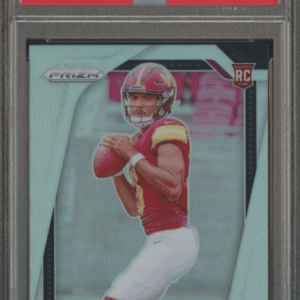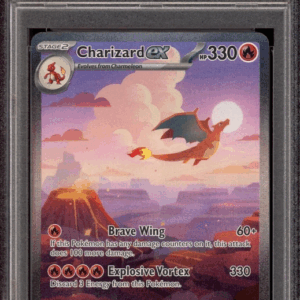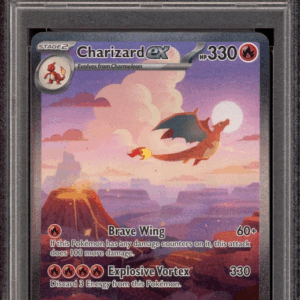In the fast-paced world of sports memorabilia, the market for modern sports cards can often feel like a high-stakes roller coaster ride, with prices skyrocketing one moment and plummeting the next. However, amidst this fluctuating landscape, vintage sports cards have emerged as a safe and reliable investment, offering both stability and potential for appreciation. These cards have attracted attention not just for their nostalgia factor but also for their scarcity, historical significance, and proven track record of retaining and increasing in value over time.
One of the primary reasons vintage cards have become a popular investment choice is their rarity. Unlike modern sports cards that are produced in large quantities and easily accessible to collectors, vintage cards were created during a time when limited print runs and fewer collectors were the norm. As a result, vintage cards are inherently scarcer, adding to their allure and ability to retain value even in volatile market conditions.
Beyond their scarcity, vintage cards represent a tangible piece of sports history. When collectors acquire a vintage card, they are not simply buying a piece of cardboard; they are investing in a story and a legacy. The likes of Babe Ruth’s 1933 Goudey card and Mickey Mantle’s 1952 Topps card carry the weight of sports lore, making them highly sought after by collectors who appreciate the historical significance and emotional connection these cards provide.
Moreover, vintage cards have consistently demonstrated their resilience in the face of market downturns. While the modern sports card market experiences boom-and-bust cycles driven by speculative buying and the ever-changing landscape of players and print runs, the vintage card market has shown remarkable stability. Vintage cards tend not just to hold their value but often appreciate in worth, resulting in solid returns for collectors who had the foresight to invest in them.
The modern sports card market, on the other hand, is characterized by a “bubble” fueled by hype and the promise of quick profits. This speculative buying leads to an inflated market and can eventually result in a correction, causing a sudden devaluation of recently popular cards. For investors and collectors who are wary of these market dynamics, vintage sports cards offer a safe harbor. The vintage card market is supported by a dedicated community of long-term collectors who prioritize the historical and sentimental value of these cards. This community’s commitment helps to stabilize the vintage card market, reducing the risk of drastic price fluctuations.
The vintage card market also benefits from a well-established grading system, providing an additional layer of security for investors. Organizations like the Professional Sports Authenticator (PSA) offer grading services that are widely respected in the industry, ensuring the authenticity and condition of vintage cards. This system instills confidence in collectors and investors, as they can rely on the expertise of reputable grading organizations when making purchases.
In conclusion, while modern sports cards may offer the excitement of quick gains, they also come with significant risks in an arguably overvalued market. Vintage sports cards, on the other hand, represent the bedrock of the sports card collecting hobby. They are the blue-chip stocks of the collectibles world, likely to hold their value or appreciate even when newer cards falter. For those looking to invest in sports cards, vintage cards may prove to be the best play, combining the joy of collecting with the prudence of a sound investment strategy.





